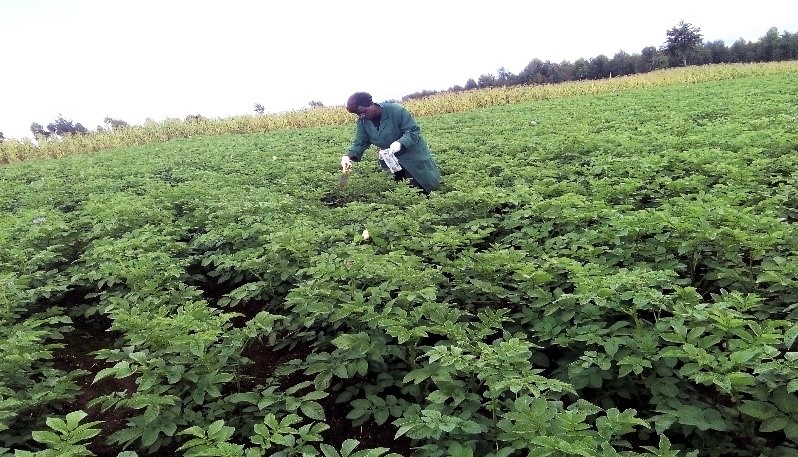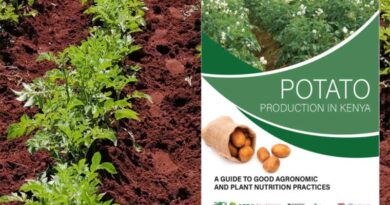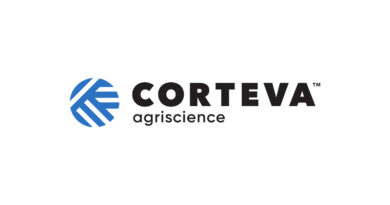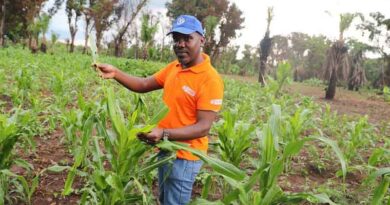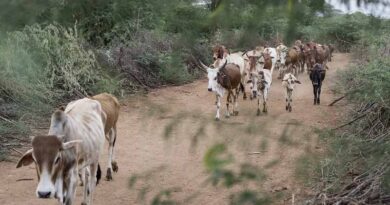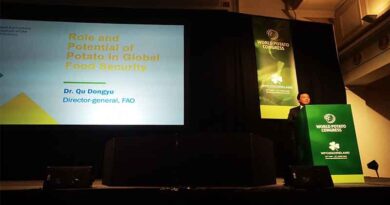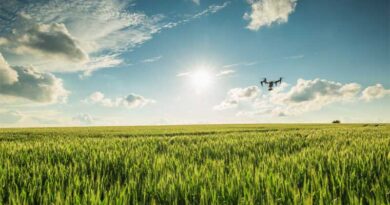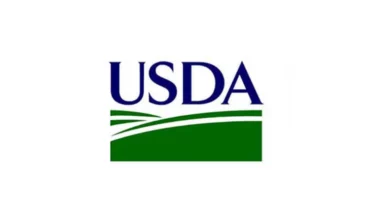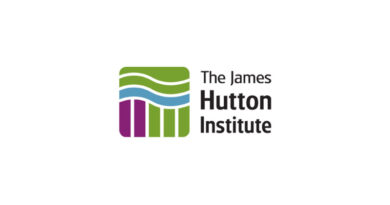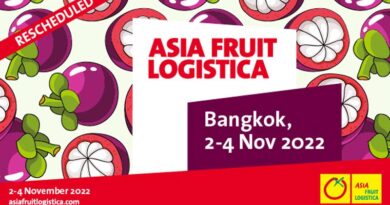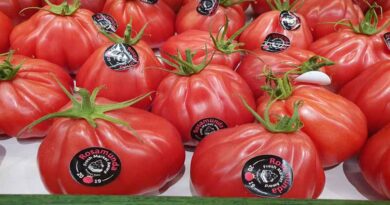Low potato yields in Kenya not down to management practices alone, CABI study suggests
09 March 2022, Kenya: Low potato yields averaging 8.6t/ha are not only determined by the management practices employed by potato farmers in Kenya, a study by CABI scientists based at CABI’s regional centre for Africa suggests. Poor quality of potato planting materials – where there is an over-dependence on the informal sector – could also be to blame.
Potato is one of the most widely grown crops in Kenya with the sector contributing nearly USD $30m a year and employing over 3 million people. However, yields have been declining over the last 10 years – 12.4t/ha below the global average of 21t/ha.
This has been attributed to several problems with the most important being the high incidence of pests and diseases, some of which are seed- and soil-borne.
CABI conducted a surveillance exercise to identify and map the distribution of Pectobacterium and Dickeya species which cause blackleg and soft rots in Kenya and ascertain the presence of Clavibacter michiganensis subsp. sepedonicus which cause ring rot in the country. The two diseases decimate yield and also affect the quality making it unfit for market.
There are estimated to be around 800,000 potato farmers spread across several counties which include, Bomet, Bungoma, Elgeyo Marakwet, Kericho, Kiambu, Kirinyaga, Meru, Muranga, Nakuru, Narok, Nyandarua, Nyeri, Trans Nzoia, Uasin Gishu and West Pokot.
The surveillance exercise was conducted during the second (short rains) season of 2019 and preceded a report which has just been written as part of the project ‘Surveillance of potato diseases in Kenya’ funded by the Wageningen Centre for Development Innovation. The study involved the collection of over 1,000 samples from farms across the six aforementioned counties.
Sampling in a healthy-looking potato crop. Kenya is the fourth highest potato producing country in Africa but has the lowest yield per acre (Credit: CABI).
Potato accounted for the biggest acreage followed by maize but came third after maize and cabbage when selected as the second choice. A similar trend was observed across the target counties.
The genera Dickeya and Pectobacterium were identified in 291 samples of which 63% (183) were stems, 32% (92), soil and 5% (16) were tubers. The varieties from which they were isolated comprised of Shangi (177, 89%), Dutch Robijn (18, 9%), Asante (2, 1%), Destiny (1, 1%) and Kabale (1, 1%).
Dickeya spp. was identified in two samples (tubers) obtained from two farms, one in Elgeyo Marakwet and the other in Narok. The sample from Narok also tested positive for a species of Pectobacterium. Additional surveillance in Elgeyo Marakwet and Narok through contact tracing confirmed the genus Dickeya on 5 of the 12 farms.
Additionally, surveillance by a team from Kenya Agricultural and Livestock Research Organization (KALRO) confirmed the presence of D. solani and D. dianthicola in Taita Taveta.
Using species-specific primers, P. atrosepticum was confirmed in 29 samples, 9 of which were soil and 20, stems distributed across all six counties. P. brasiliense was identified in 46 samples comprising 16 soil samples, 28 stem samples and 2 tuber samples.
P. carotovorum was identified in 39 samples comprising 27 stem samples, 11 soil samples, and 1 tuber sample. P. parmentieri was confirmed in 39 samples which comprised 34 stem samples, 13 soil samples, and 4 tuber samples.
Many other samples tested positive for the genus Pectobacterium. In addition to identifying two species from the same sample as indicated above, multiple species were also identified in the same field as well as the same sample. In some fields, the same Pectobacterium subspecies were identified in the soil and the plant (stem or tuber).
The scientists believe that this could be a case of seed- and soil-borne transfer which underscores the role of using potato planting materials from the informal sector in spreading blackleg and soft rots and probably other pests such as reported with R. solanacearum, nematodes and viruses.
The identification of the genus Pectobacterium in soil, as well as the genera Dickeya and Pectobacterium from a majority of asymptomatic samples, demonstrates that this is a plant health problem that has to be addressed, the report’s authors argue.
Dr Joseph Mulema, Senior Scientist, Research, has been managing the surveillance of potato diseases in Kenya project.
Dr Mulema said, “Although low yields have been observed in Kenya, these low yields cannot only be attributed to management practices used by potato farmers. Some of these practices were aimed at managing some pests which did not include C. sepedonicus and the genera Dickeya and Pectobacterium. This demonstrated a poor understanding of these problems, especially blackleg and soft rots.
“The low yields could partly be attributed to the poor quality of potato planting materials where there is over-dependence on the informal sector. This has resulted in planting materials infested with pests resulting in soil contaminated with soil-borne pests.”
Dr Mulema and the project team suggest that pest free areas can be delineated – especially for the production of potato seed. They add that there is a need to address the issue of over-dependence on seed from the informal sector probably through supporting interventions that increase the availability of certified seed or clean seed where farmers use home-saved seed.
Some of these interventions include positive seed selection and seed plot technique both of which improve the quality of farmer-saved seed.
“It is important that fit-for-purpose information and communication materials are developed and used in raising awareness amongst various stakeholders especially farmers, extension and agro-input suppliers. Evaluation of potato varieties against SRP-associated diseases will also improve extension advisory,” Dr Mulema added.
The researchers conclude that Pest-initiated pests risk analysis (PRA) needs to be conducted for P. atrosepticum, D. solani, and D. dianticola to assist in deciding the most appropriate actions that will reduce the risk of damage these pests may have on plants and plant products.


